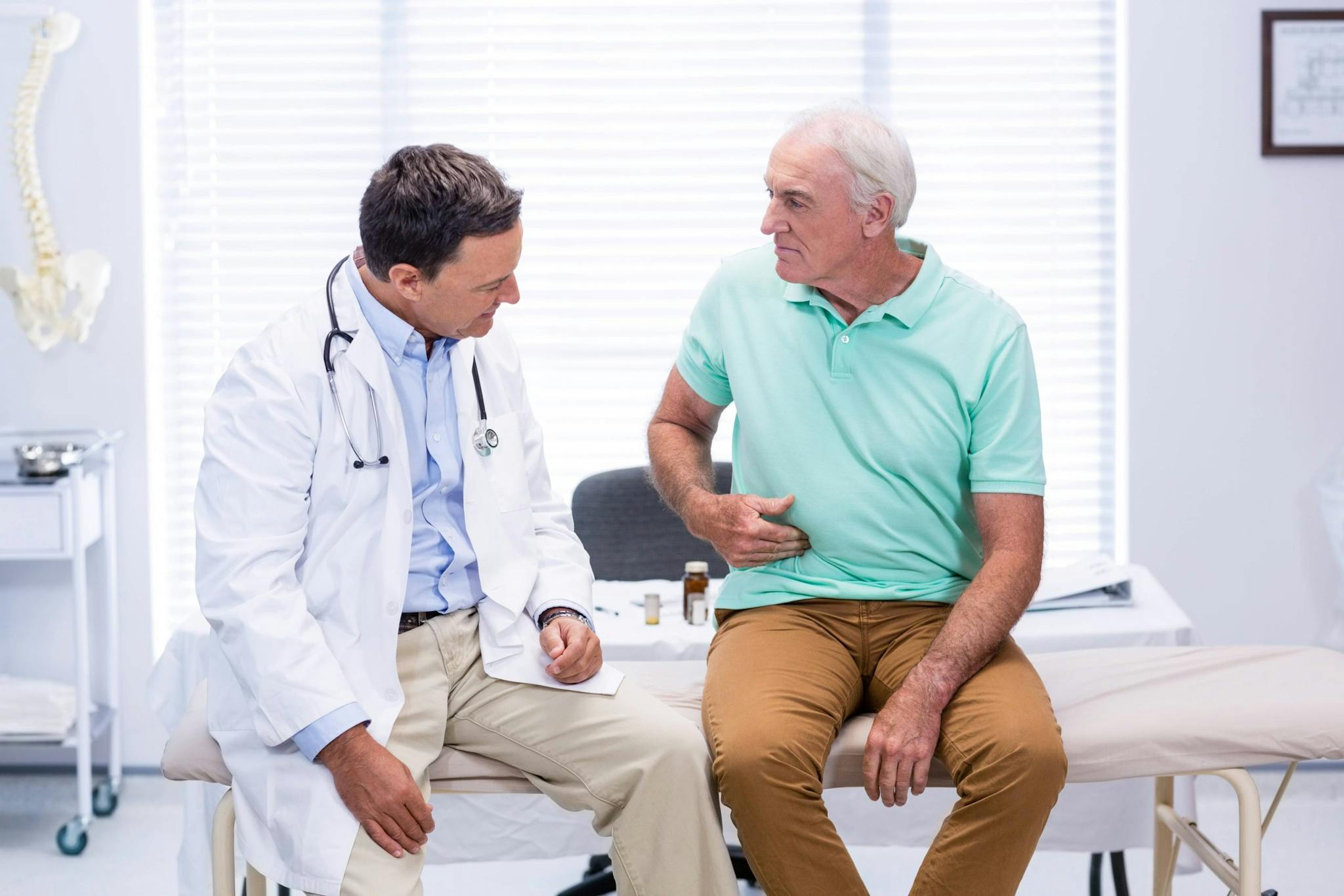
2025-05-07T13:59:05
Defying the Odds: How Revere Health Helped One Utah Woman Afford Live-Saving Cancer Treatment
- Cancer Center
- Medical Oncology
- Patient Testimonials
June 15, 2017 | Cancer Center • Hematology-Oncology
Specialties:Hematology-Medical Oncology

Previous treatments for chronic illnesses like cancer typically came with doctors’ orders to rest and reduce physical activity. While rest is good if exercise causes pain, abnormal heart rate or loss of breath, modern research suggests that exercise is safe and possible during treatment, and that it can improve physical function and quality of life in many cancer patients.
As a result, many cancer care teams urge patients to be as active as they can manage during treatment. Here’s a look at some basic physical therapy information, including proper goals based on your treatment progress.
Regular exercise can help in numerous areas during cancer treatment:
Every individual exercise program should be tailored to your needs and preferences, and it should be something you enjoy. Your exercise plan might be affected by your type of cancer and its treatment, and by your basic fitness level—your doctor or a physical therapist can help with specifics. If you haven’t done any physical activity in a while, you should start slowly and with low intensity.
Once treatment has stopped and side effects are beginning to wear off, exercise habits can change. Some people are able to increase time and intensity, depending on their side effects. Physical activity is especially important for people who are living disease-free or with stable disease—the American Cancer Society recommends cancer survivors take the following actions:
Make sure to check with your doctor before beginning any new exercise program, especially if treatments (such as chemotherapy or radiation) can affect your lungs or your heart. A few specific precautions you can take, if approved by your doctor:
The key to any exercise program accompanying cancer treatment or recovery is to keep things simple and fun. A fun program is easier to stick to and will get you more excited to take part in it. Other tips to help you stay with a program include:
If you’re in cancer treatment or recovery, your doctor will lay out the options and benefits associated with physical activity for your particular case.
*Note: No two cancer cases are alike. None of the statements herein are designed to suggest a “one size fits all” approach, and each case will be evaluated individually.
“Physical Activity and the Cancer Patient.” American Cancer Society. https://www.cancer.org/treatment/survivorship-during-and-after-treatment/staying-active/physical-activity-and-the-cancer-patient.html
“Rehabilitation.” Cancer.net. http://www.cancer.net/survivorship/follow-care-after-cancer-treatment/rehabilitation
WRITTEN BY:
The Live Better Team

2025-05-07T13:59:05

2024-08-13T14:52:39

2023-03-27T14:47:45

2021-11-29T16:31:04
This information is not intended to replace the advice of a medical professional. You should always consult your doctor before making decisions about your health.